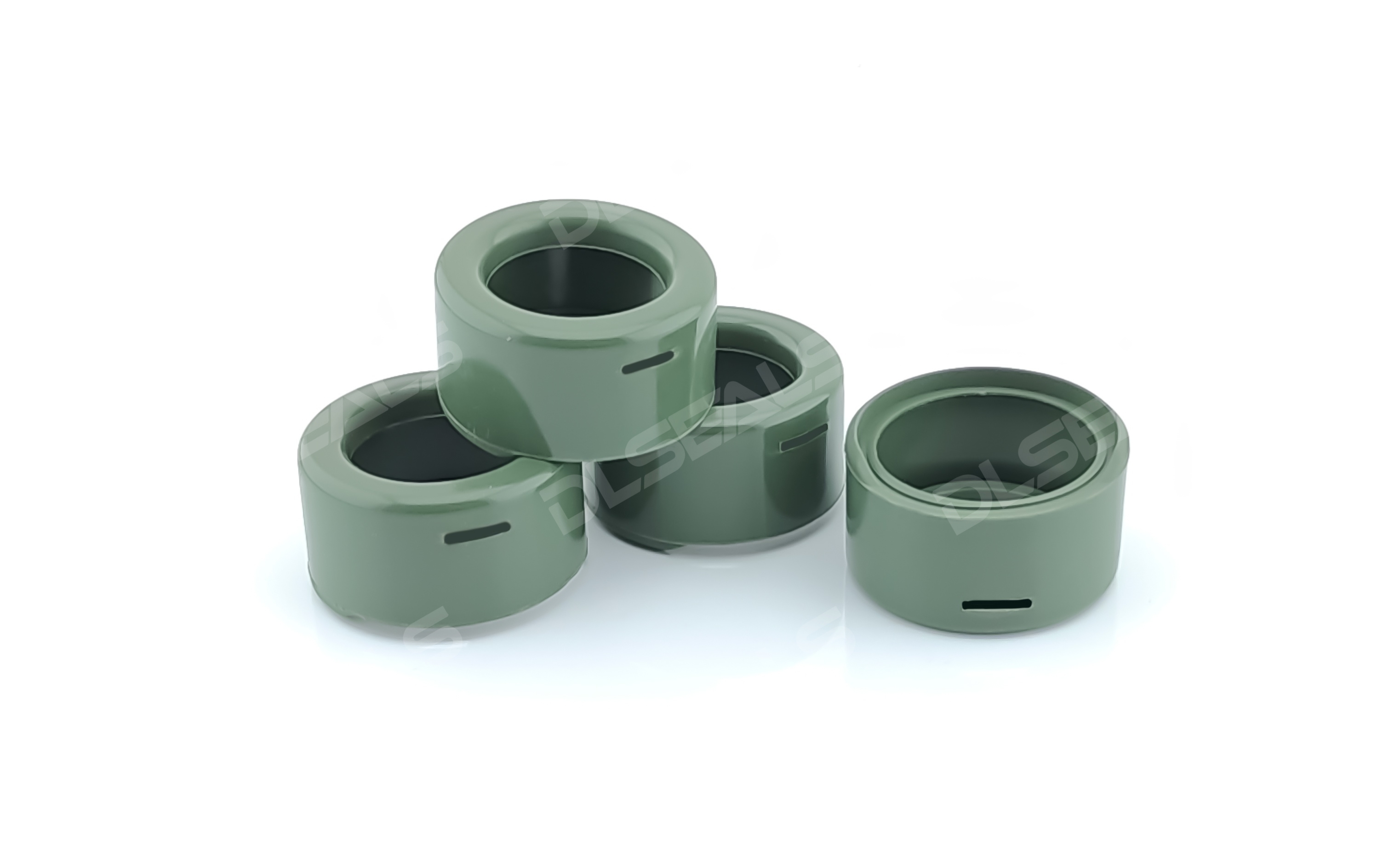Among many synthetic rubber materials, Ethylene Propylene Diene Monomer (EPDM) seals have become an indispensable basic component in many critical fields due to their proven stable performance. It is not a “high-tech” new material, but a practical choice with balanced properties and long-standing reliability. This article objectively describes the core characteristics, main application scenarios, and clear limitations of EPDM seals.
1. The Nature and Core Characteristics of EPDM
EPDM is a terpolymer of ethylene, propylene, and a small amount of non-conjugated diene. The saturation of its molecular backbone is the fundamental reason for its properties. This results in two most notable advantages:
- Excellent Weather Resistance and Anti-Aging Ability: Due to the saturated backbone, EPDM has superior resistance to ozone, ultraviolet (UV) radiation, and climatic changes. Therefore, EPDM seals used outdoors can maintain elasticity for a long time without cracking, hardening, or surface powdering, which is common in materials like natural rubber.
- Broad Temperature Resistance: Standard EPDM seals can typically operate stably within a temperature range of -40°C to +125°C. Specially formulated EPDM can withstand short-term temperatures up to 150°C while maintaining good cold resistance. This allows it to adapt to various environments, from severe cold to intense heat.
2. Key Strengths of EPDM Seals
Based on these chemical properties, EPDM performs excellently in the following practical applications:
- Resistance to Hot Water and Steam: This is EPDM’s most prominent advantage. It is widely used in sealing applications involving hot water or steam, such as hot water systems, steam lines, automotive radiators, and domestic water heaters, with slow performance degradation.
- Resistance to Polar Chemicals: EPDM has good resistance to a range of common chemicals, including:
- Phosphate ester-based fire-resistant hydraulic fluids (common in aviation and industrial systems).
- Polar solvents like ketones and alcohols.
- Alkalis (e.g., sodium hydroxide, potassium hydroxide).
- Dilute acids.
- Refrigerants (e.g., HFC-134a).
- Animal and vegetable oils and fats.
- Good Electrical Insulation: EPDM is a good insulating material, often used for cable joint seals, electrical enclosure seals, and other applications requiring both insulation and sealing.
- Good Elasticity and Seal Longevity: High-quality EPDM formulations offer good compression set resistance, ensuring the seal can effectively rebound after prolonged compression to maintain the sealing effect.
3. Typical Practical Application Scenarios
EPDM seals are extremely widely used. Here are some common and well-established examples:
- Automotive Industry: Engine cooling systems (radiators, thermostat seals), automotive door and window seals, sunroof seals, braking systems (requiring special EPDM grades compatible with DOT 3/4 brake fluids).
- Appliance Industry: Seals for washing machine inlet/drainage hoses, dishwasher door gaskets, kettle seals. Its resistance to hot water and detergents is key.
- Construction Sector: Door and window seals, curtain wall gaskets, roof waterproofing membranes. Its exceptional ozone and UV resistance ensures long service life for building seals.
- HVAC Systems: Seals for cooling towers, water-cooled air conditioning units.
4. Key Limitations and Selection Considerations
It is essential to realistically understand that EPDM has clear limitations. Incorrect selection will lead to rapid failure.
- Poor Resistance to Mineral Oils and Fuels: This is the primary disadvantage of EPDM. It must NOT be used to seal petroleum-based hydrocarbons such as gasoline, diesel, engine oil, or grease. Contact with these media will cause the seal to swell rapidly, soften, lose strength, and ultimately fail. Nitrile rubber (NBR) or Fluoroelastomer (FKM) are standard choices for such applications.
- Poor Resistance to Non-Polar Solvents: Resistance to non-polar solvents like benzene, toluene, and gasoline is very poor.
- Formulation Determines Performance: “EPDM” is a category. Its specific properties (such as maximum temperature resistance, hardness, elasticity) highly depend on the ethylene/propylene ratio, the type of third monomer, fillers, curing system, and other compounding ingredients. Properties vary between different EPDM grades. Therefore, it is crucial to source from reliable suppliers and provide clear application conditions to select the correct material.
Conclusion
EPDM seals are industrial components with highly predictable performance and high reliability. Their value lies not in cutting-edge innovation but in their excellent and durable resistance to specific conditions, particularly those involving hot water, steam, and weather aging. The core principle for successful use is “leveraging strengths and avoiding weaknesses,” meaning fully utilizing its advantages in weather and hot water resistance while strictly avoiding its weakness against mineral oils. In the correct application scenarios, EPDM seals are an economical and reliable choice for ensuring long-term, stable operation of equipment.
Post time: Oct-16-2025

